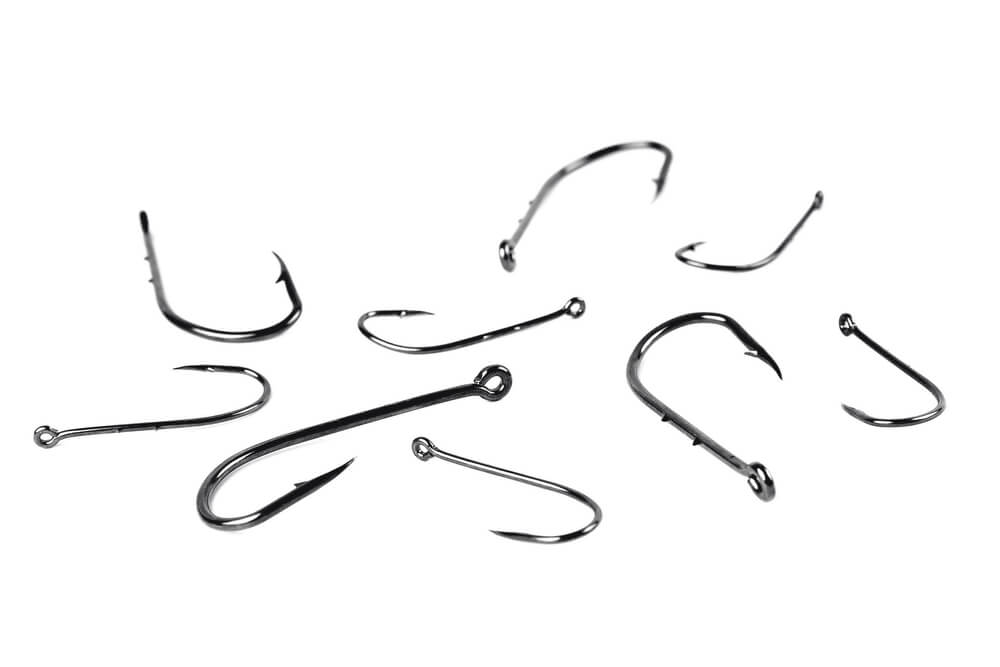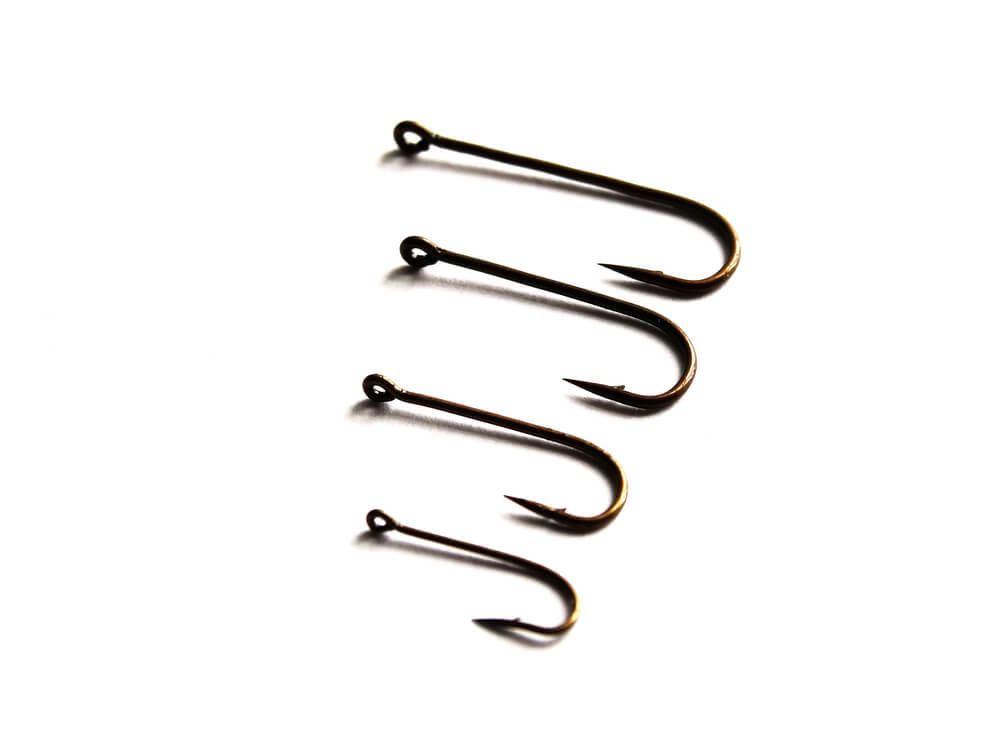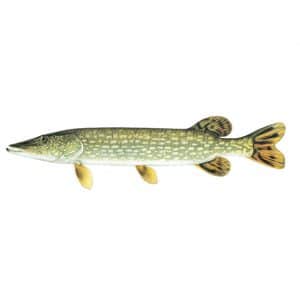Fishing Hook Sizes
Fishing hooks play a role, in the world of angling offering a selection of sizes and styles to meet different fishing requirements. In North America and Europe the used sizes are 4/0 and 6/0, where the number represents the diameter of the hooks shank. Interestingly this size scale can be a bit counterintuitive; smaller numbers indicate diameters ( external) while larger numbers suggest smaller diameters (more internal).

Hooks come in sizes ranging from ones measuring less than a millimeter to incredibly large ones like the record breaking hook that measures an impressive 8 feet 2 inches (2.49 meters) in length and weighs over 230 pounds (100 kilograms). These tools are typically grouped into three categories; general purpose hooks sized hooks and special purpose hooks; each serving fishing scenarios. General purpose hooks such as Aberdeen, circle, snap and round shank hooks offer versatility. Can be utilized in fishing situations. Sized hooks are suitable, for rig fishing techniques while special purpose hooks cater to niche uses like fly fishing.
Different regions may refer to these hooks by names.
For example in Europe and the United States general purpose hooks are commonly known as tapered hooks while in Great Britain they are referred to as “spoons.” Sized hooks encompass styles, from different countries like the “U” hook in the UK or the round shank hook in American style. Special purpose hooks are designed for fishing techniques such as bait fishing or fly fishing with examples including the Haydon gape or the Japanese Octopus hook.

The regulations regarding hook types differ depending on the region. In Europe for instance laws require the use of circle hooks when engaging in catch and release fishing for species like Salmon or Sea Trout. Technological advancements have greatly influenced the development of fishing hooks over time. The introduction of mono filament braided line and the evolution of trout hooks (MX series) since the 1950s have resulted in stronger and more flexible designs. These newer hooks often feature variations such as a “eye” style. Incorporate materials, like “saitered” wire to enhance sharpness.
In 2004 a world record was set by Tom Lavell and Rodney Hansen under The International Tuna Harvesters Association. They caught a 6 feet 2½ inches Black Marlin weighing 300 lbs using a hook.
Hooks despite their appearance have undergone adaptations, for different purposes. For instance meat hooks are modified to handle the hide of game animals while hooks designed for catfish feature designs that prevent the slippery fish from escaping.
The earliest known hooks can be traced back 4000 years to the Bronze Age. Were crafted using materials such as wood, bone or antlers. Nowadays stainless steel is the preferred material for manufacturing fishing hooks with double barb points being favored due to their versatility and ease of removal after catching a fish. Hooks also come in finishes and coatings tailored to fishing environments. For example copper finishes are popular for catfish fishing while hard plastic coatings are commonly used in saltwater fishing.
Hook sizes are typically measured in millimeters from the points tip to the shank length while excluding the barb length. This measurement directly corresponds with the targeted fish size for a hook. For instance a 4/0 hook has a thickness of 1 mm at its point whereas an 8/0 hook measures around 8 mm thick. While larger hooks tend to be stronger they can be too bulky for fish. Often have tapered designs that allow them to navigate through dense vegetation when targeting larger species, like salmon.
Hooks are not used for catching fish but also commonly employed to capture insects, for bait. To attach the hook to the fly or lure materials such, as silk are often. Tied for added strength and sensitivity.


